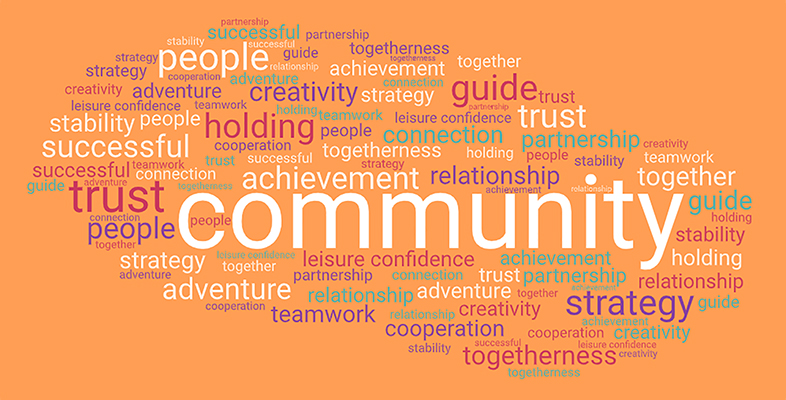1.2 Key elements of community empowerment
So what does Community Empowerment look like in practice?
In contrasting various approaches to community empowerment, Rolfe (2014) argues that any attempt at practical implementation must find a balance between power and responsibility:
On the one hand, many communities have a keen interest in gaining more power over their own destiny (not always for nimby-ish reasons), while on the other hand, there are concerns that governments want to shift responsibilities onto communities as they hollow out public services in a context of austerity.
One way of overcoming this is suggested by Miller et al. (2018) who argue for the use of assets-based approaches which ‘value the resources that exist in the community and build on the strengths and affordances of communities’. They further argue that ‘a strong assets-based approach that emphasises and values the experience of community members is an effective way to empower communities to make positive change’.
Perhaps not surprisingly, therefore, community empowerment has come to be regarded as consisting of three key ingredients:
- Active citizens: people with the motivation, skills and confidence to speak up for their communities and say what improvements are needed.
- Strengthened communities: community groups with the capability and resources to bring people together to work out shared solutions.
- Partnership with public bodies: public bodies willing and able to work as partners with local people. (Department of Communities and Local Government, no date.)
In the following section develops this further by looking at four key elements of community empowerment:
- Third sector involvement
- Active citizenship
- Engaging community stakeholders
- Participatory budgeting
